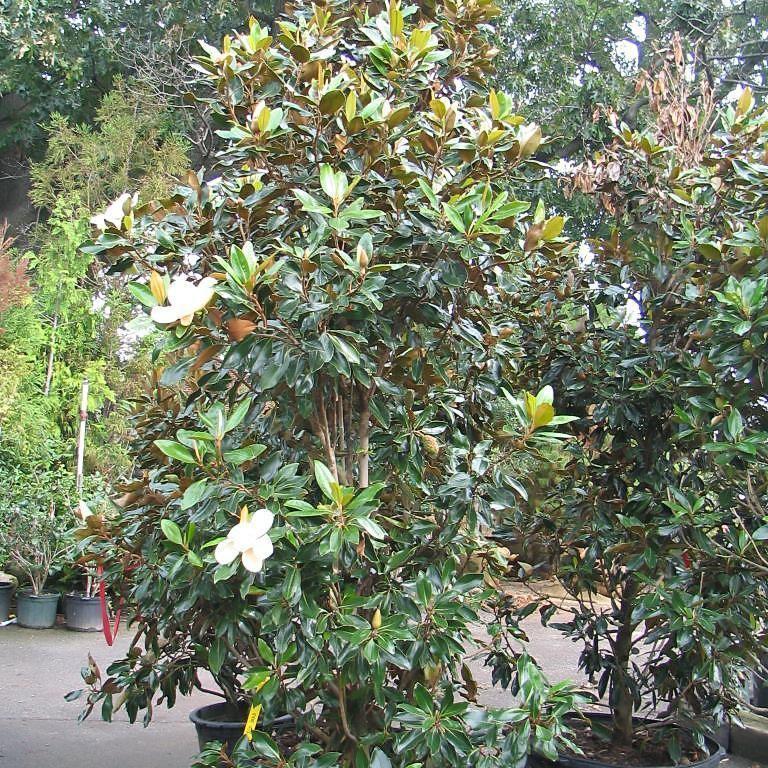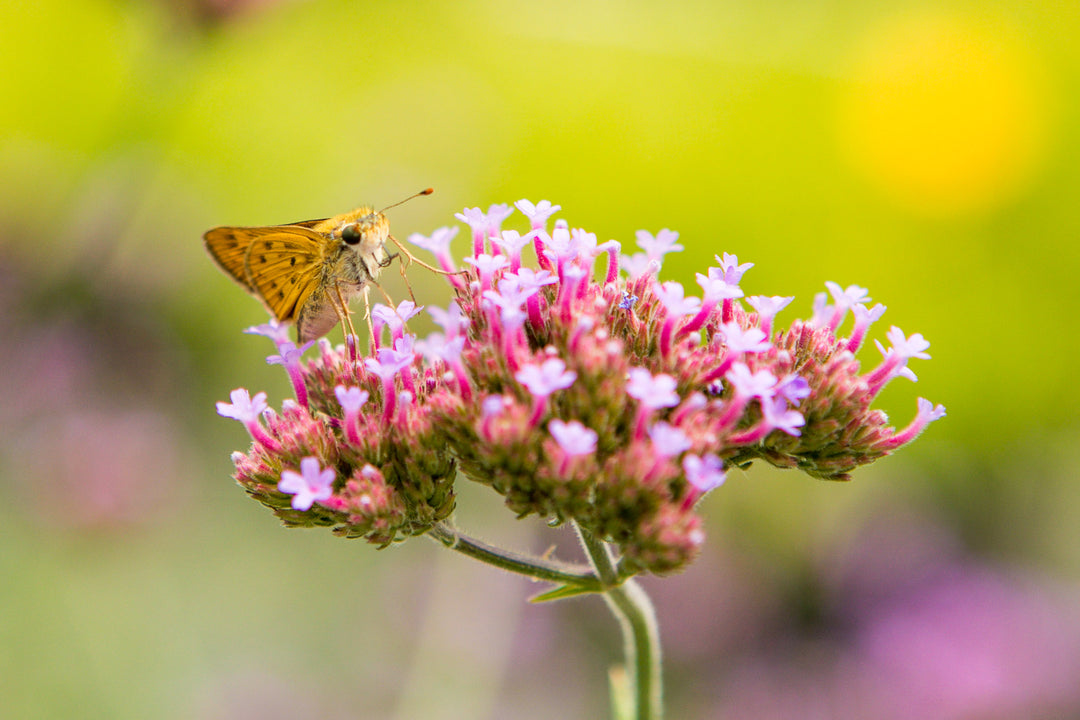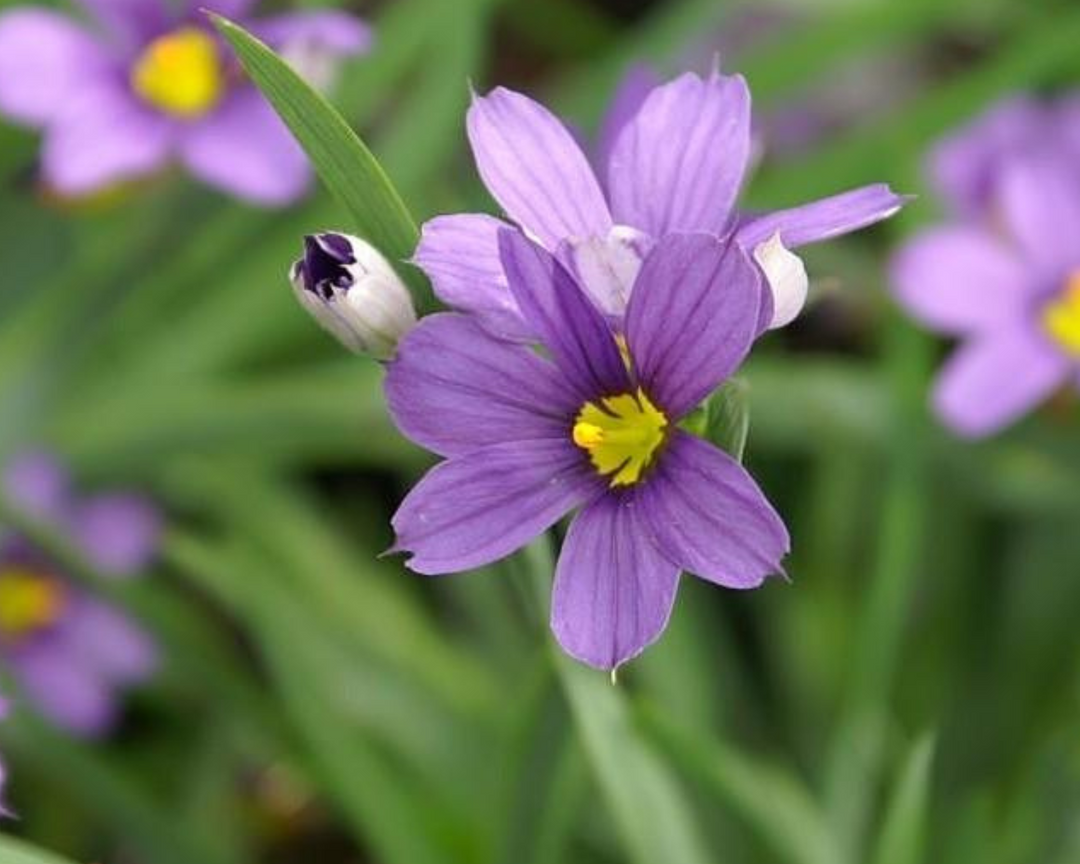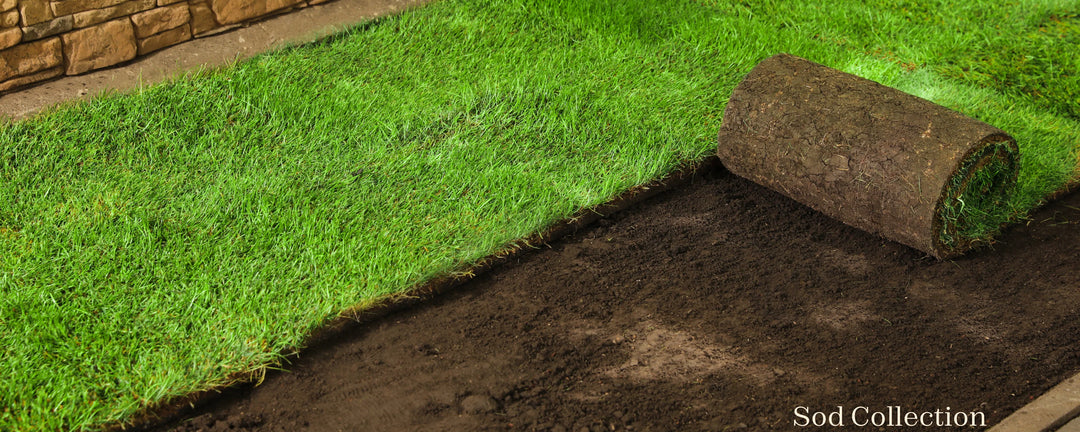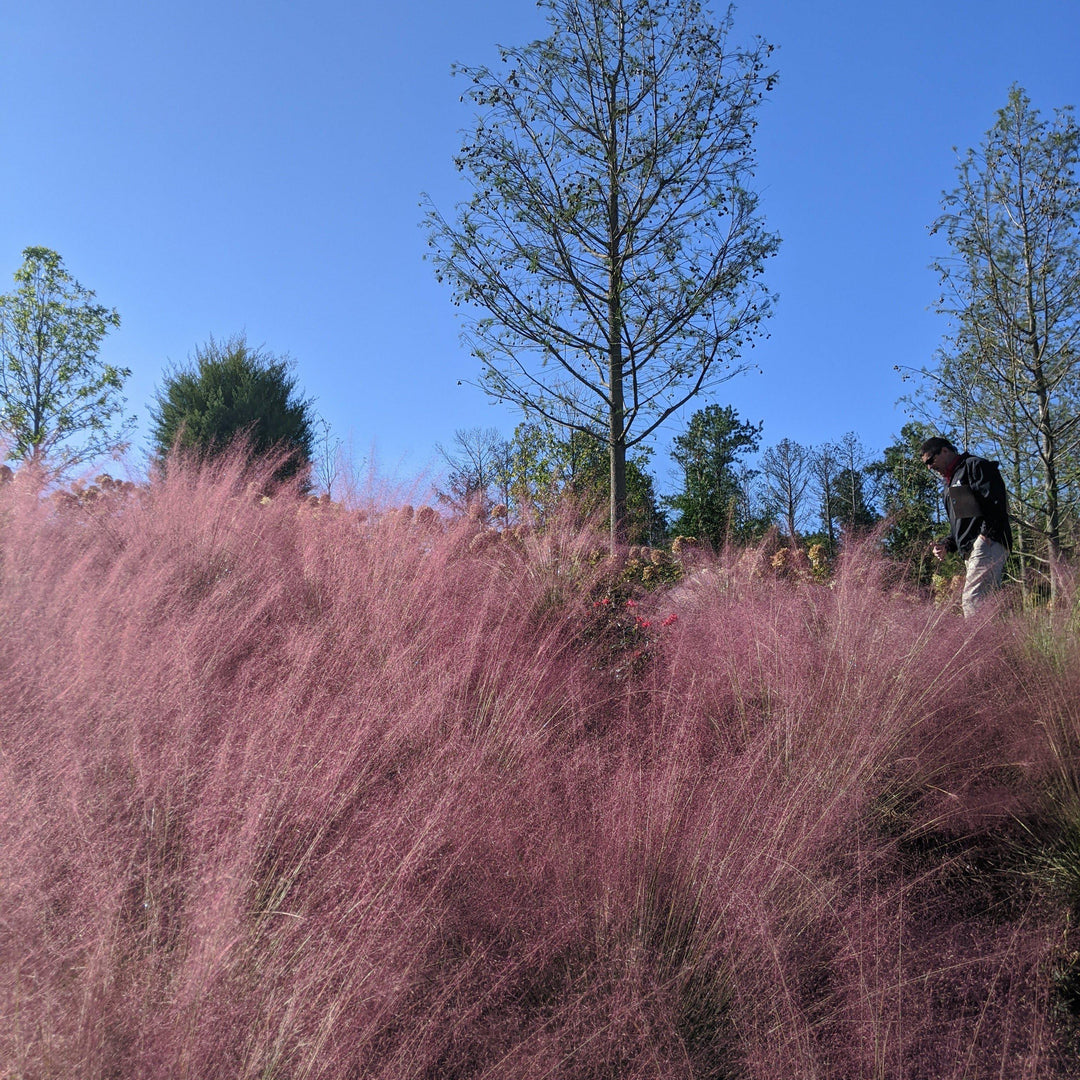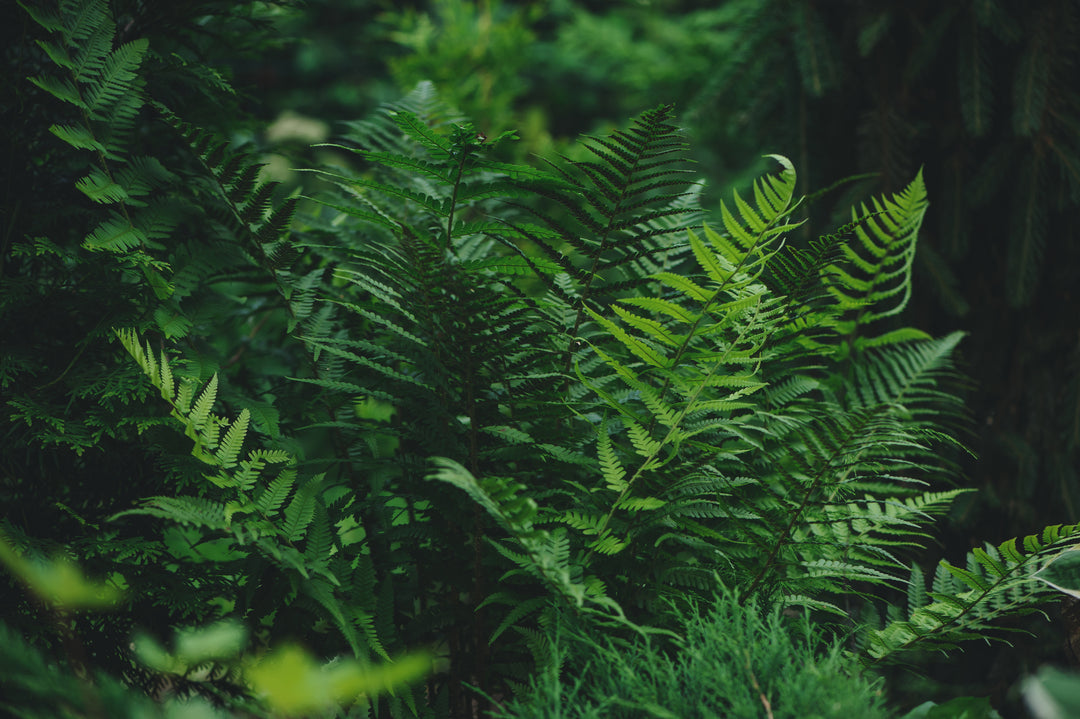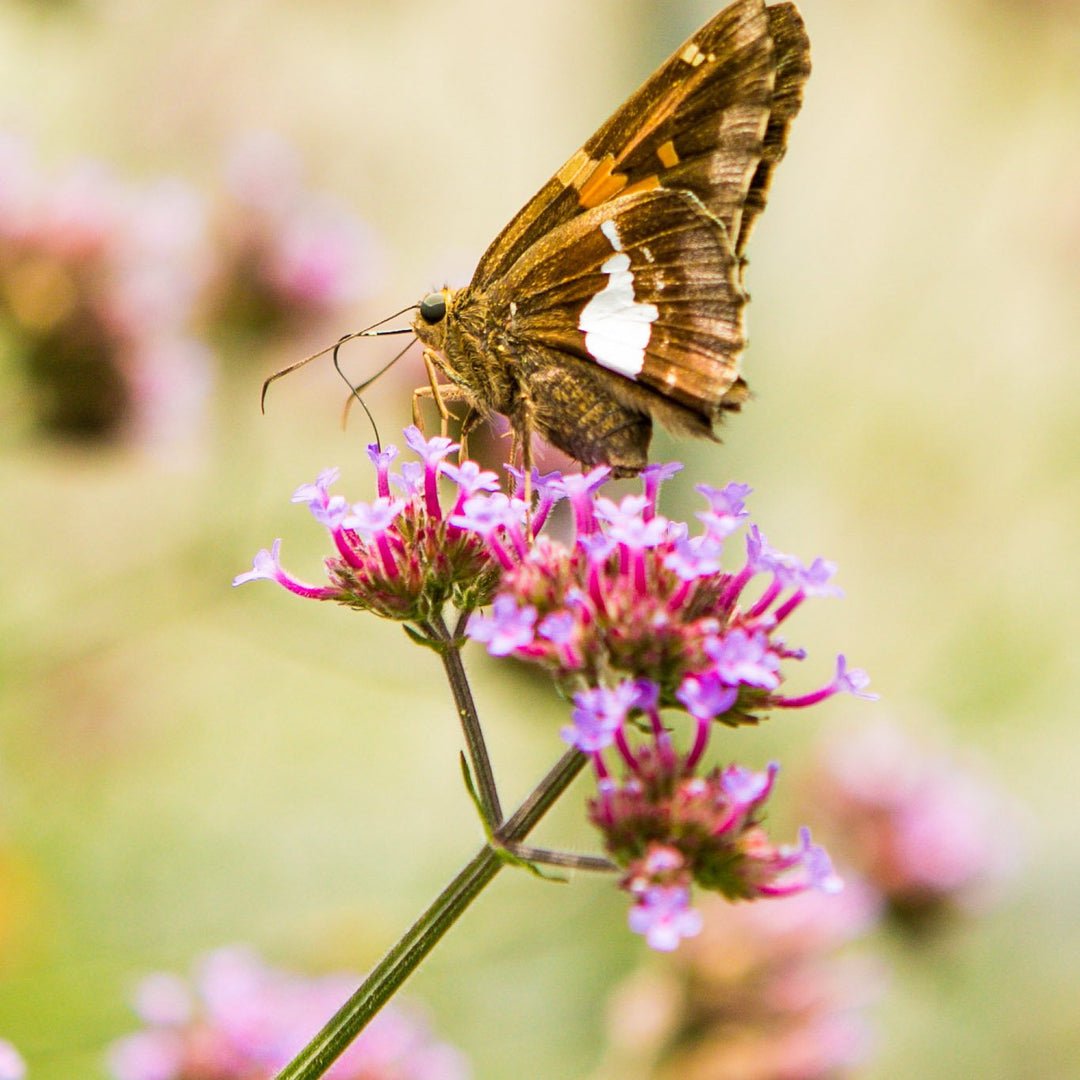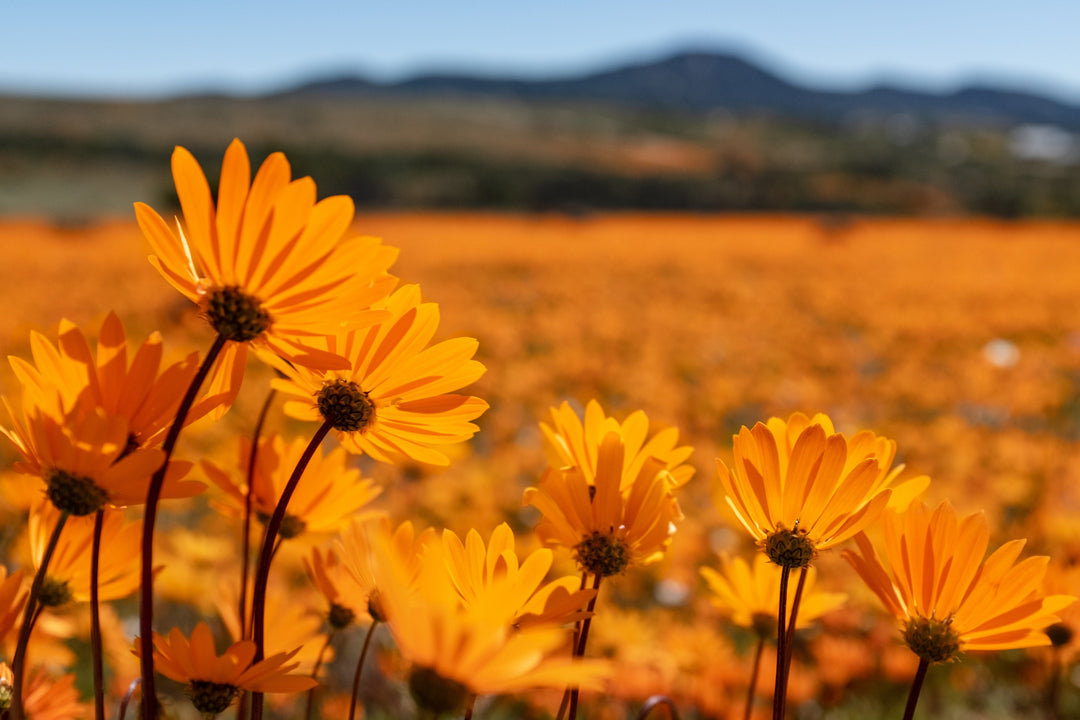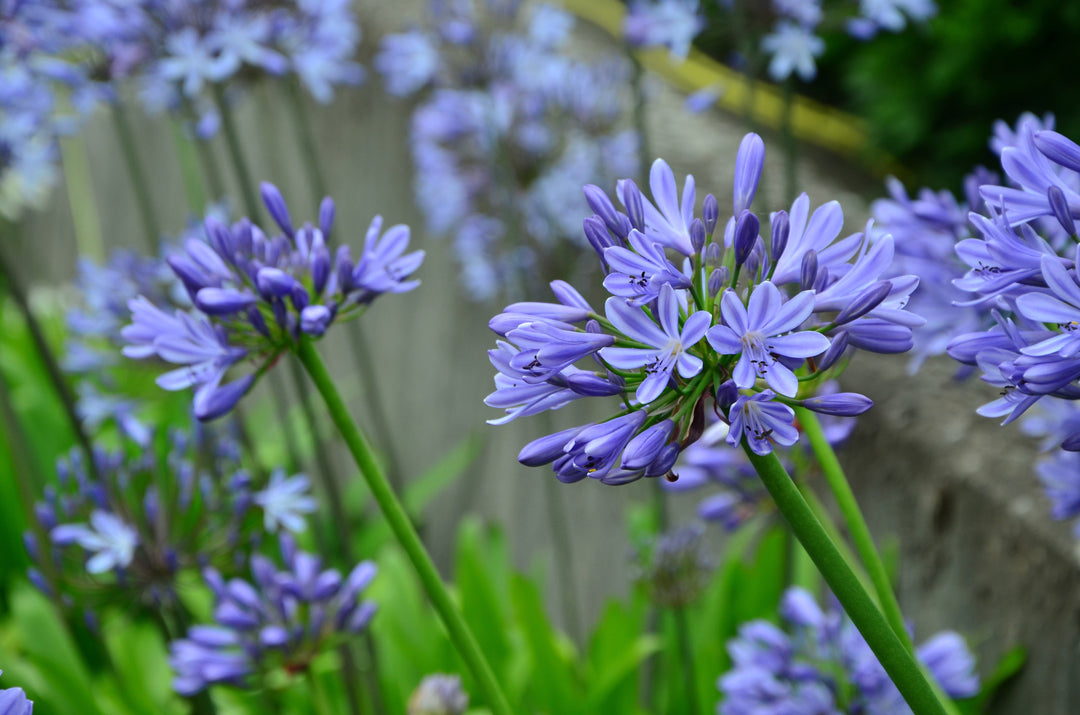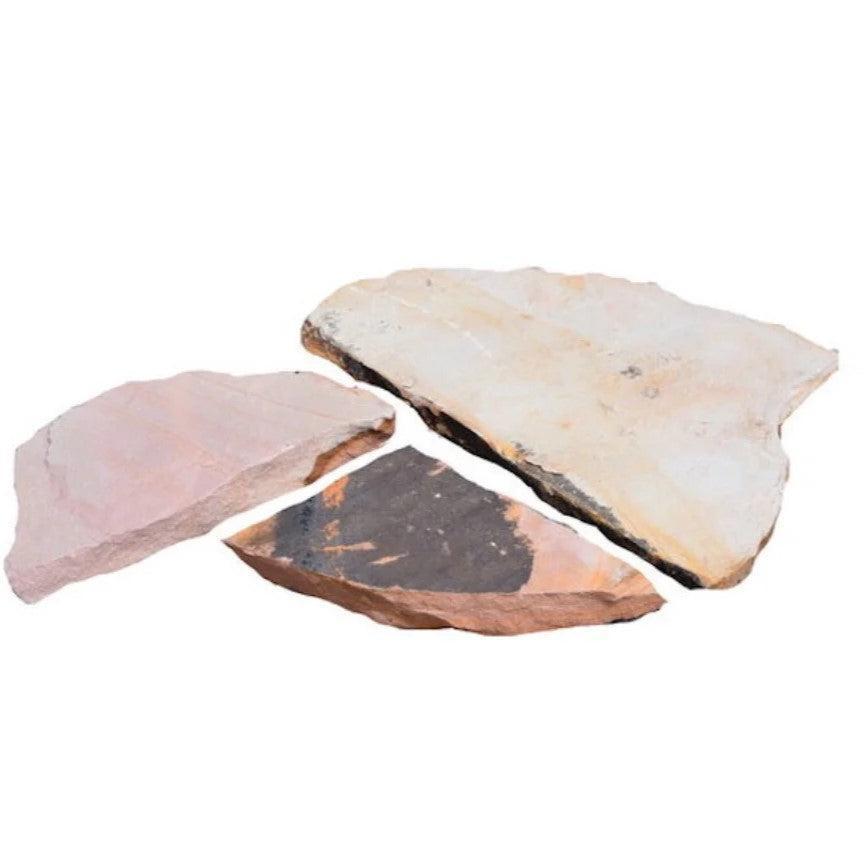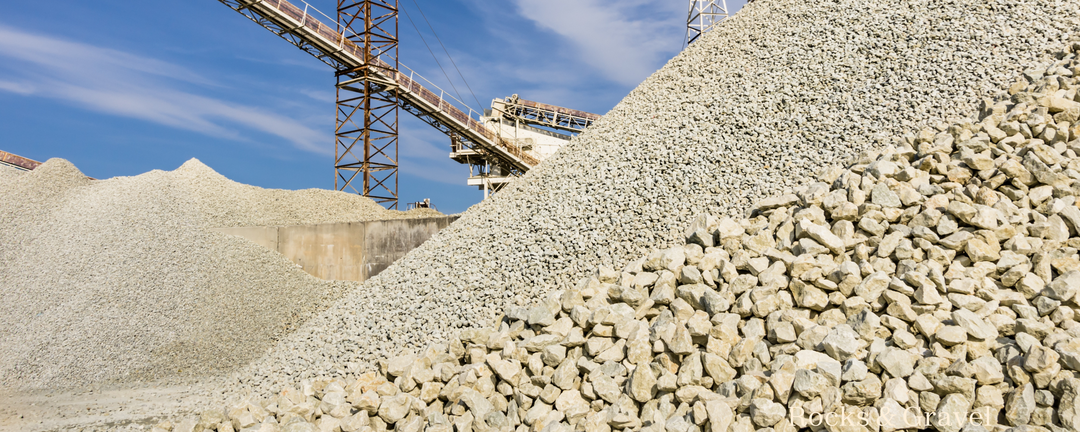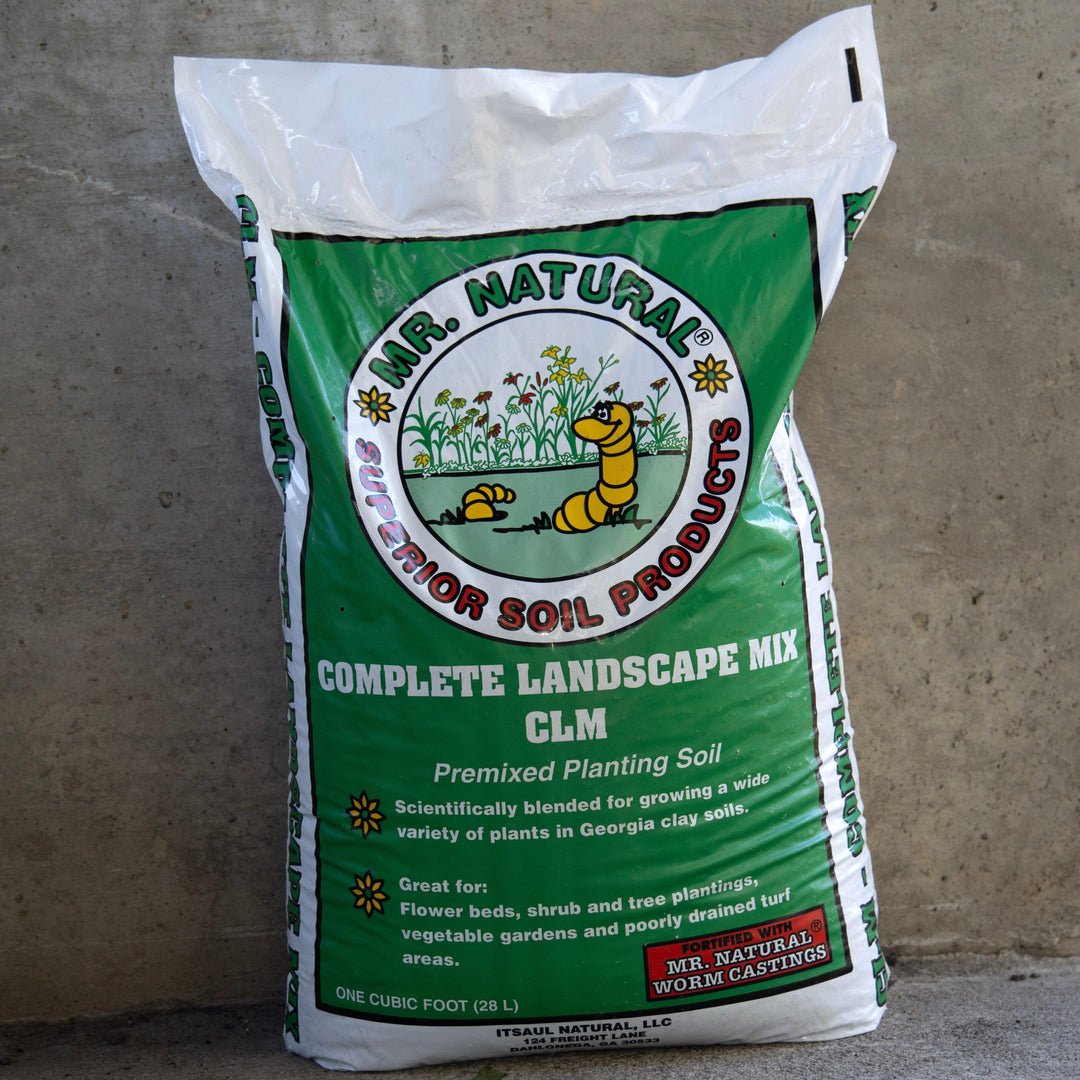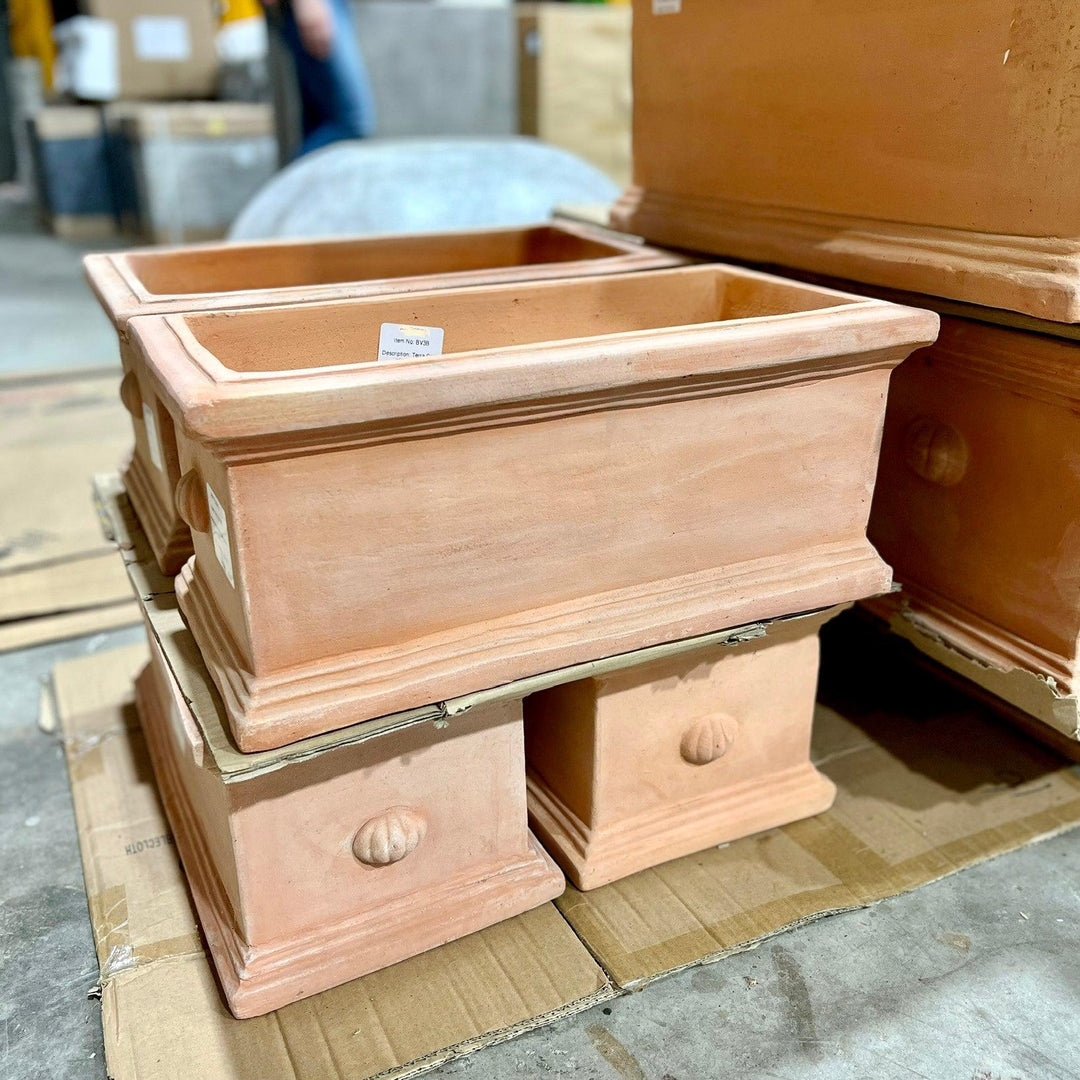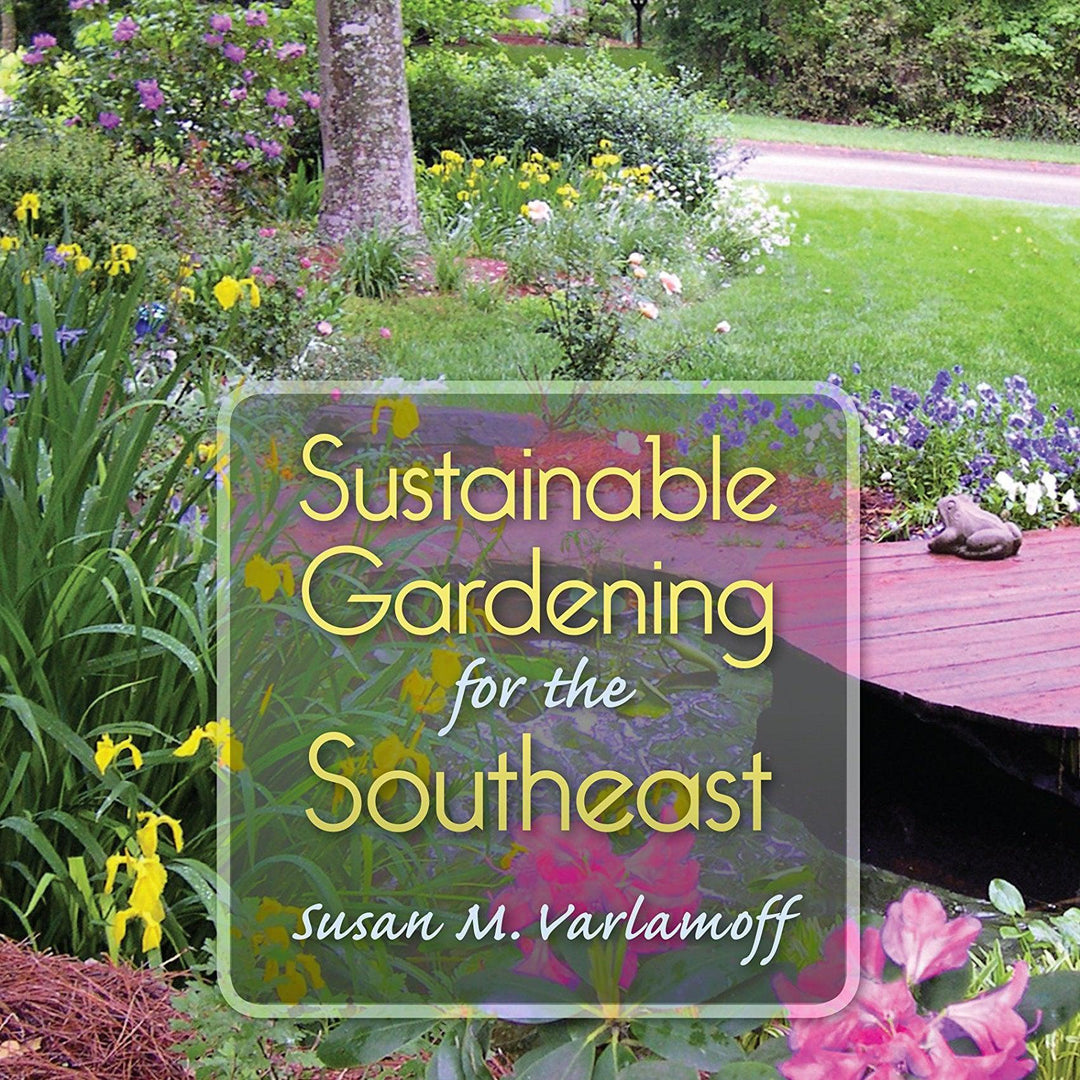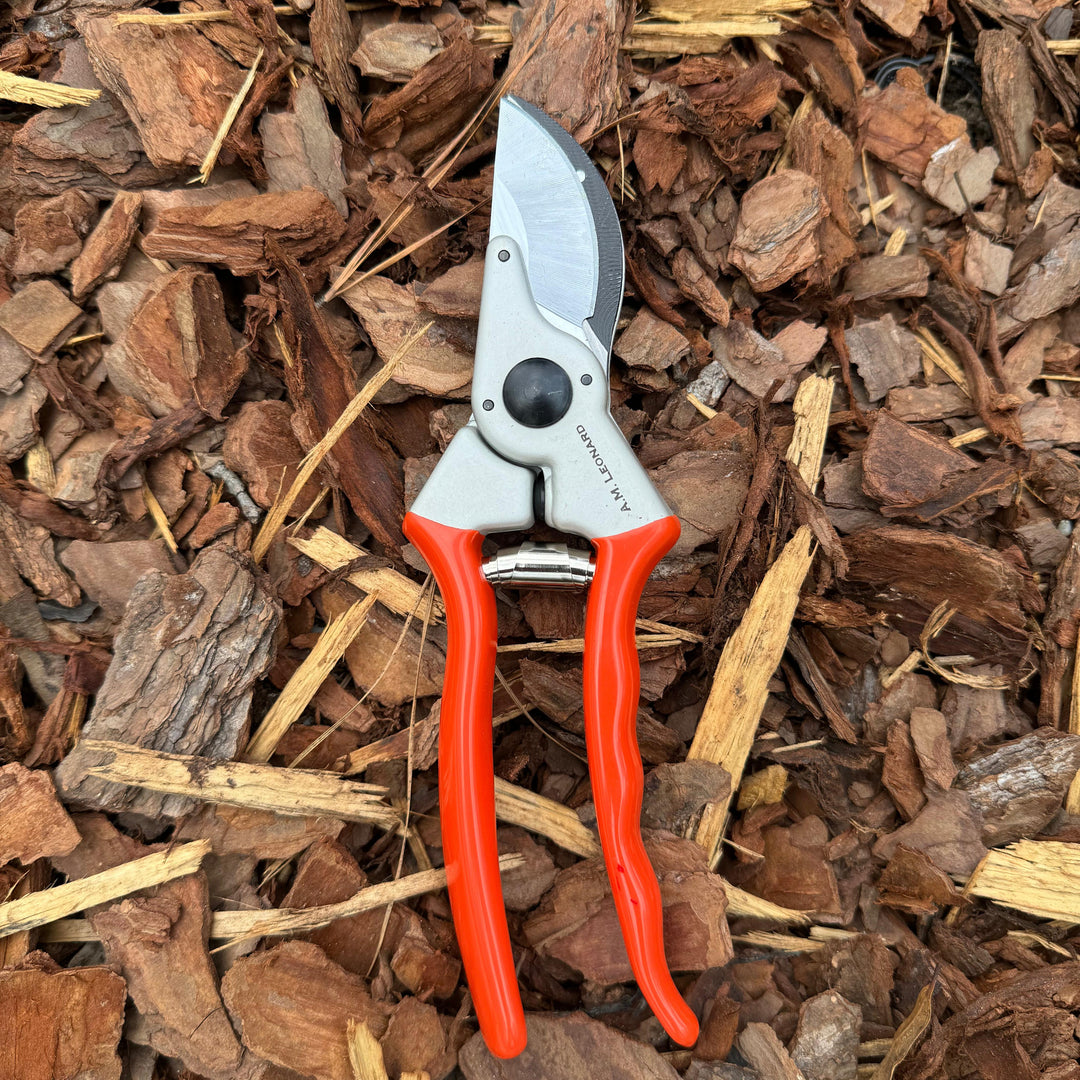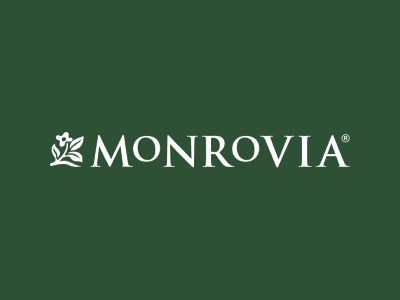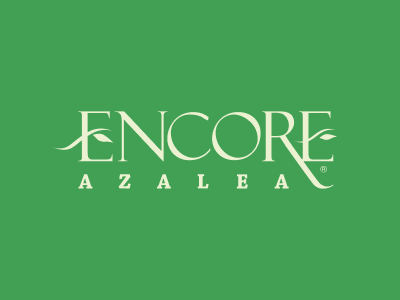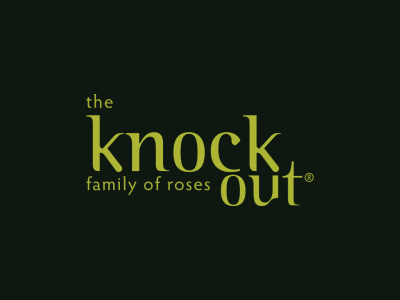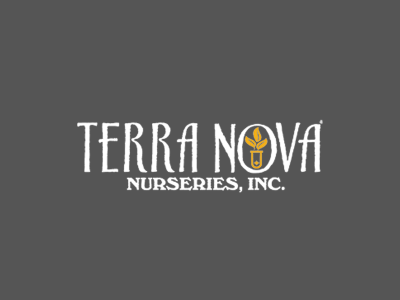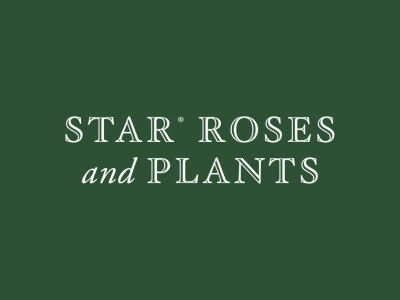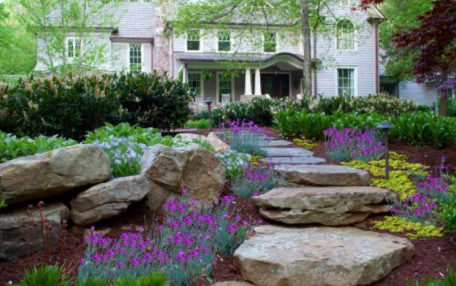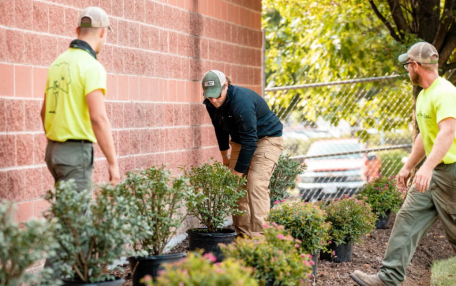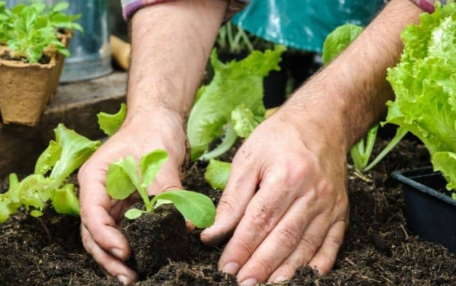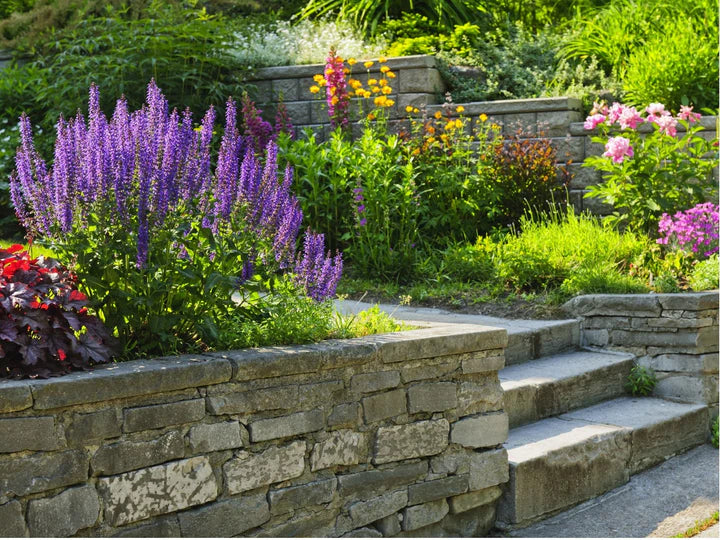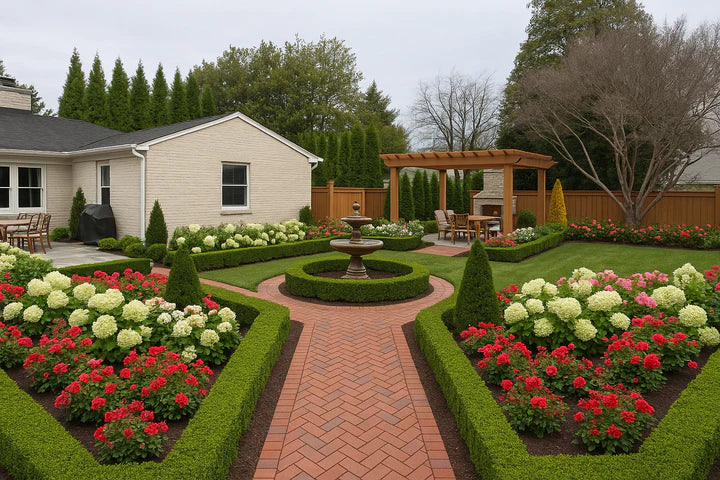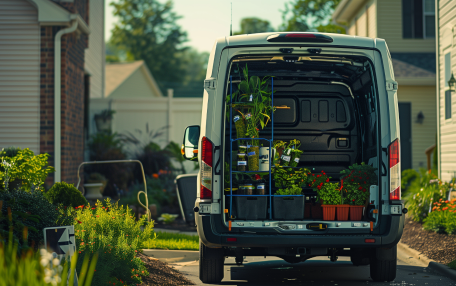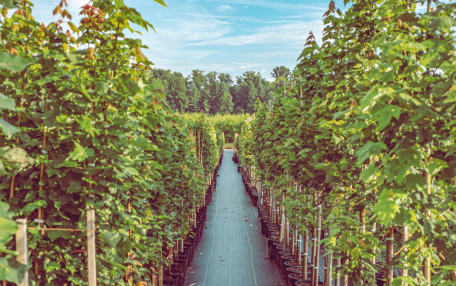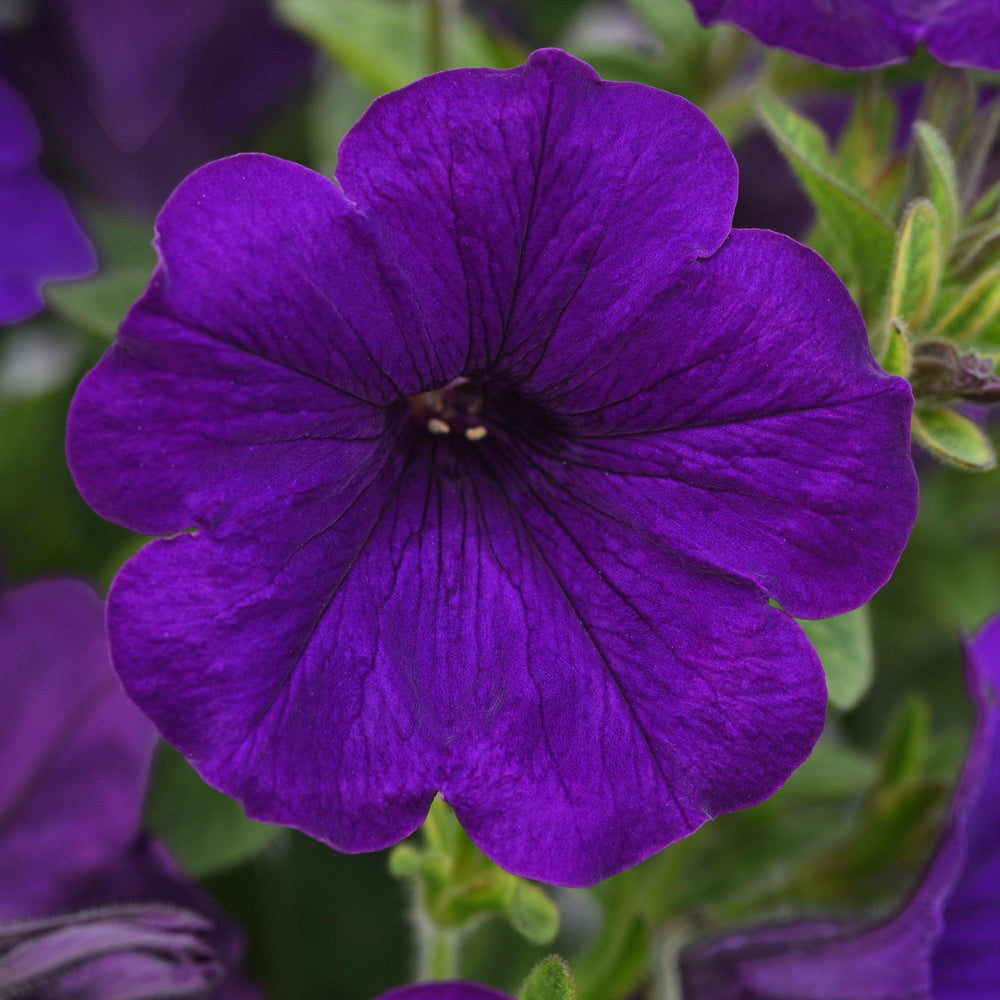Ditch the Grass: Native Lawn Replacements for Georgia and the South
Traditional turf lawns may be popular, but they come with a high cost—both in water usage and ongoing maintenance. In the heat and humidity of Georgia and the Southeastern U.S., keeping a conventional lawn lush and green can be a challenge. Fortunately, native lawn replacements offer a more sustainable, low-maintenance, and ecologically beneficial solution.
Why Choose a Native Lawn Alternative?
Switching to a native or alternative lawn groundcover offers several advantages:
- Lower water needs
- Reduced mowing and fertilizer requirements
- Increased biodiversity and pollinator support
- Better adaptability to Southern climate extremes
- Improved erosion control and soil health

Photo Credit: Tony Frates, What our front yards should look like
Top Native and Adaptive Lawn Replacements
Full Sun Lawn Replacements
1. Carolina Jessamine (Gelsemium sempervirens) - as a groundcover
While more often used on trellises, this native vine can sprawl across sunny ground as a loose groundcover. Evergreen and low maintenance, with fragrant yellow blooms in early spring.
2. Blue Daze (Evolvulus glomeratus)
While not a strict native, this Florida-native relative thrives in Southern heat. It spreads low and wide with silvery foliage and blue blooms—perfect for sunny borders or as a lawn alternative in small areas..
3. Blue Grama Grass (Bouteloua gracilis)
A drought-tolerant bunchgrass with ornamental seed heads. Best for naturalized or meadow-style lawns.
Part Sun / Dappled Shade Options
4. Pennsylvania Sedge (Carex pensylvanica)
Native to the Eastern U.S., this fine-bladed sedge mimics turf in dappled sunlight or part shade. Low-maintenance and drought-tolerant once established.
5. White Woodland Aster (Eurybia divaricata)
Native to Southeastern woodlands. It forms a semi-evergreen mat with delicate white blooms in late summer—great for light shade areas as a soft groundcover.
Shade-Tolerant Groundcovers
6. Woodland Phlox (Phlox divaricata)
Low-growing with attractive blue to lavender spring flowers. Fills in shady areas and supports pollinators.
7. Foamflower (Tiarella cordifolia)
A Southeast native groundcover with lobed foliage and airy spring blooms. Ideal for woodland gardens and shaded paths.
Design Tips for Transitioning to a Native Lawn
-
Start small: Replace sections of lawn over time to ease maintenance changes and budget.
-
Group plantings: Combine groundcovers with low perennials or ornamental grasses for texture and interest.
-
Use paths and borders: Define areas with stepping stones or mulch to prevent compaction and guide movement.
-
Mind the foot traffic: Some groundcovers tolerate trampling better than others—use steppable plants like Frogfruit or Sunshine Mimosa for high-use areas.
Maintenance and Care
Native and adaptive lawns are lower maintenance, but not maintenance-free:
-
Watering: Water new plantings regularly until established, then reduce as needed.
-
Weeding: Expect some weeding in the first year as plants fill in.
-
Mowing: Many replacements require little to no mowing, but occasional trimming can promote tidiness.
-
Fertilizing: Typically unnecessary, especially if you're planting natives in suitable soil conditions.
A Greener Lawn, Naturally
Swapping out a traditional lawn for native and adaptive alternatives doesn’t mean sacrificing curb appeal. With the right plant choices, you’ll have a lush, beautiful space that works with nature, not against it. Whether you want a dense groundcover carpet or a tapestry of mixed textures and colors, there’s a lawn alternative for every Southern garden.

